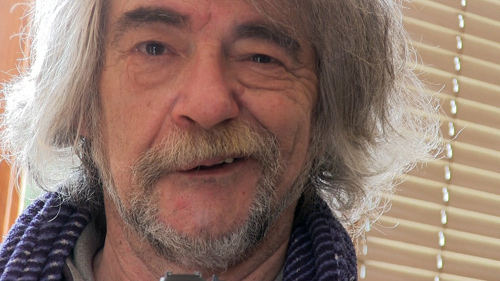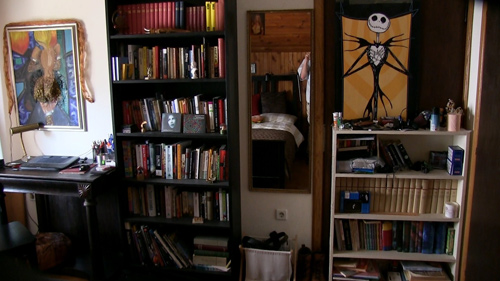Established in honor of cinematographer and film director Vedran Šamanović and inaugurated at Pula Film Festival in 2010, the annual “Vedran Šamanović” Award this year goes to “an artist whose innovative approach to film, both short or feature, broadens the horizons of Croatian filmmaking”. The award was established by five film associations: Film Artists' Association of Croatia, Croatian Cinematographers' Guild, Croatian Film Directors Guild, Croatian Film Critics’ Association and Croatian Film Association. The three-member jury (comprised of film director Hana Jušić and film critics Silvestar Mileta and Diana Nenadić) this year honors Pero Kvesić for the film DUM SPIRO PERO, produced by Factum, while the award ceremony will take place on Thursday, July 14 2016, at the Pula Arena prior to the first screening of the films in the official competition.

Justification
The film was created at the unexpected but obviously very fertile crossroads of documentary essay film genre and vlog, an internet audiovisual diary, that for most teenage authors and viewers functions as a temporal “selfie” of sorts. The selfie in time made by Kvesić uses the form very dexterously, hypnotically drawing in the viewer into his daily life and worldview contemplations.

Discussions about film, whether documentary or fiction, tend to treat with some contempt the heightened role of the narrator, that is, the emphasis on the verbal telling instead of the visual showing, as the film’s primary feature. Essay film is a genre that treats the relationship between the narrator and the image in a peculiar way, without favoring one of these channels over the other, but rather by building multidirectional relationships between them. In DUM SPIRO PERO these procedures are particularly evident. All of the visual material was filmed with a non-professional camera and is imbued with the lo-fi aesthetics of home video; it is “dirty”, heterogeneous and does not rely on the lavish visual properties characteristic of the film medium. However, despite its “scruffiness”, it is extremely complex and dramaturgically almost perfect. Its meticulous narrative structure is based on minute every-day details which establish a layered and three-dimensional world that draws in the viewer who watches it intently, while a carefully woven story transpires before us.
In the tradition of the best essay films, the relationship created between the commentary and the image is very lively and rich in content, precisely because the two are elaborately, yet organically linked, preventing the dominance of one over the other. What is more, the passage of time is very skillfully presented, creating a strong impression of its material and tangible nature through the duration of the shots, the representation of the mundane activities in their entirety – the meticulous cataloging of life. This “concreteness” serves as the author’s very subtle general essayistic commentary on life in time, that is, its indisputable transience. Similarly, on the level of motifs, the film adroitly and almost imperceptibly combines the banal daily life and the eschatological subject of death and meaning. Finally, the film’s senso stricto documentary quality of capturing the authentic, unrepeatable moment provides a painful commentary of the evanescence of life.